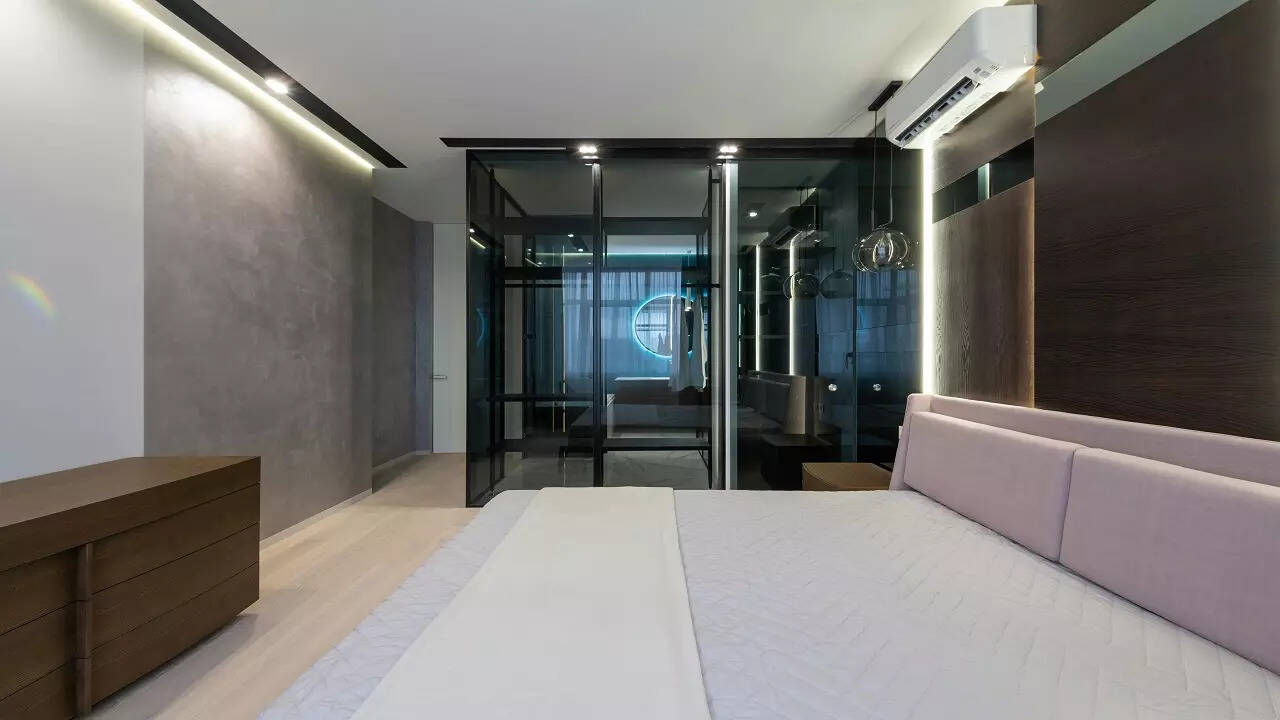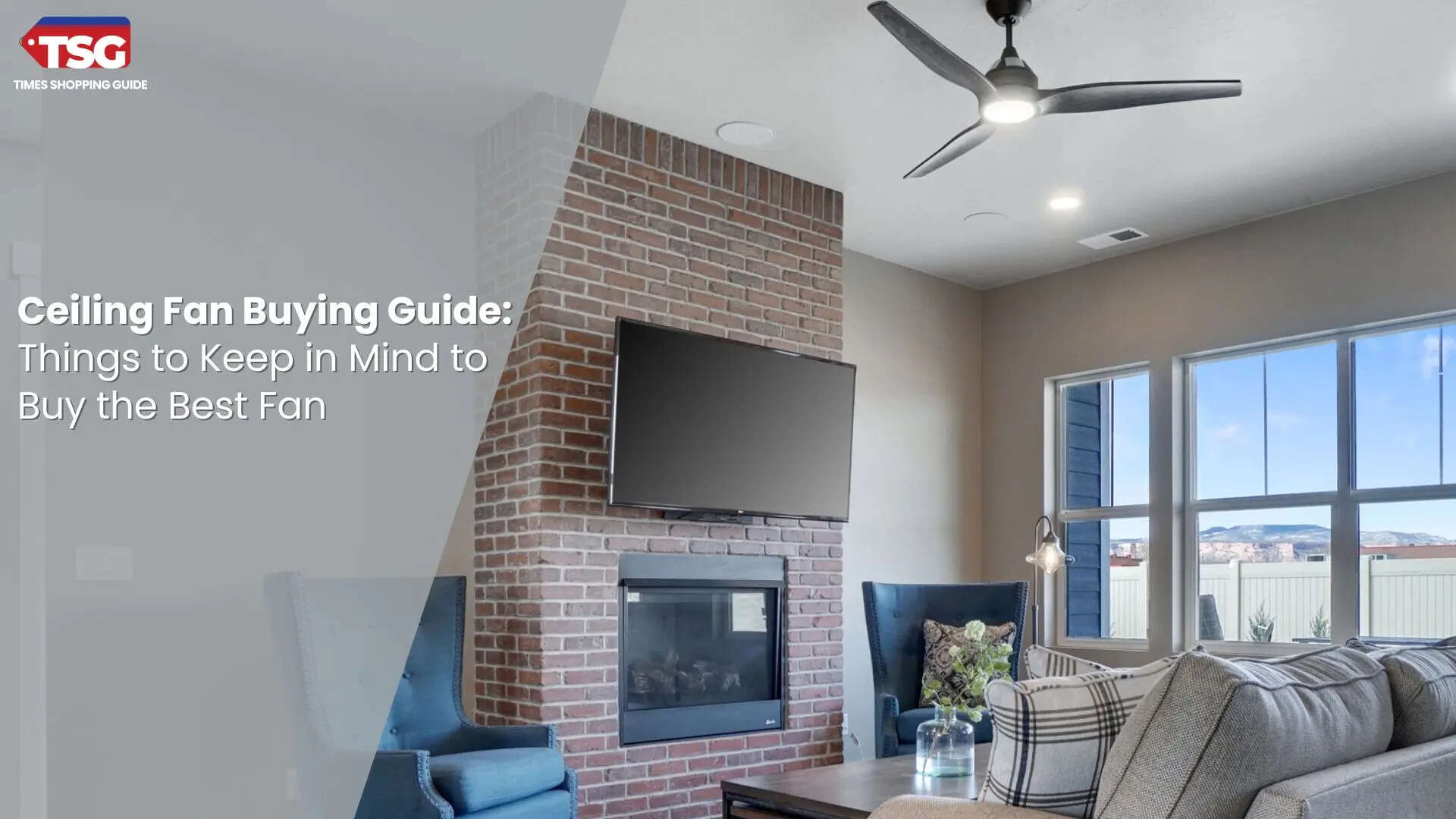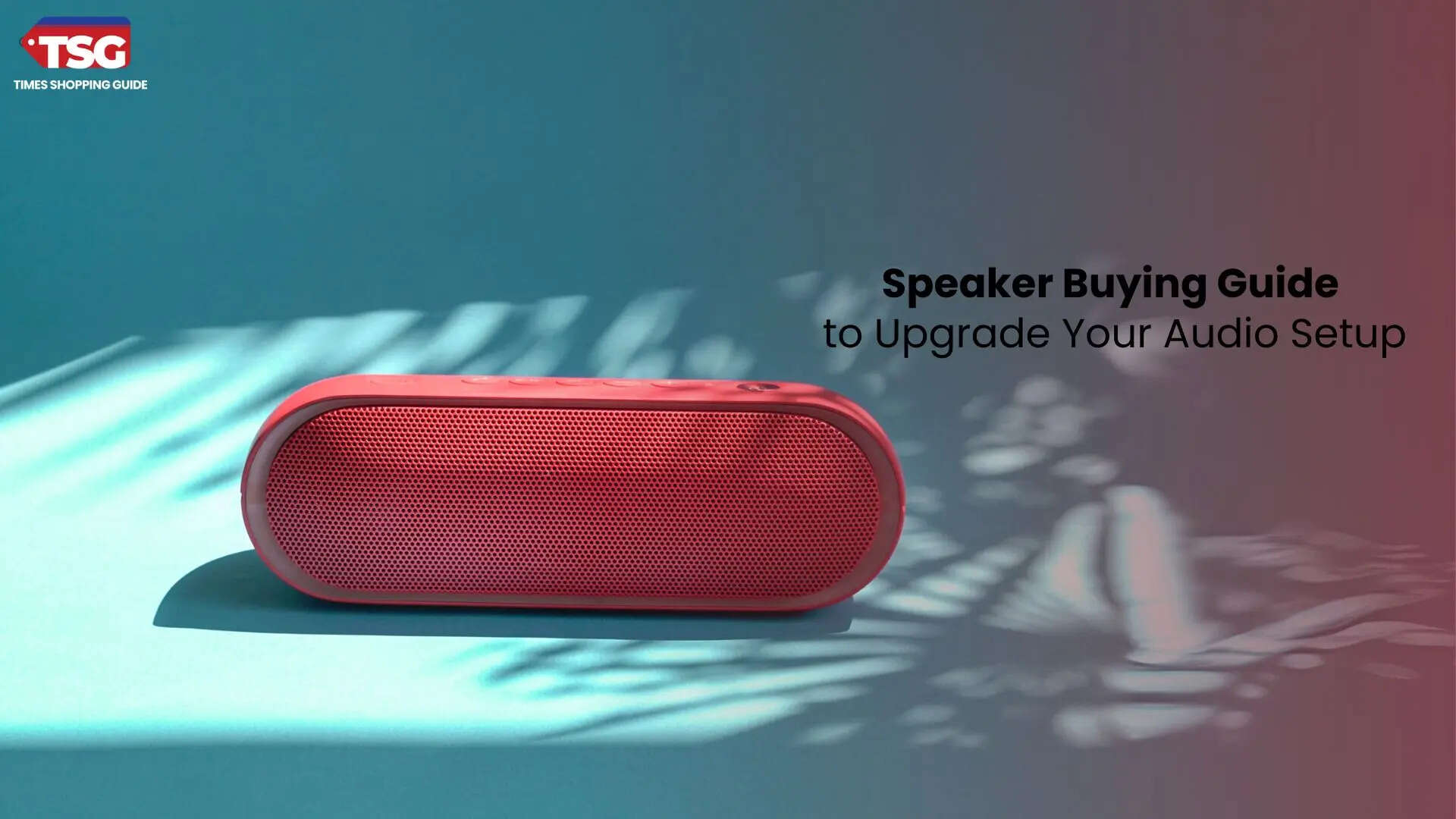- home
- electronics
- buying guides
- air conditioner buying guide everything you need to know before buying a ac
Air Conditioner Buying Guide: Everything You Need to Know Before Buying a AC
As temperatures rise, investing in AC becomes an important decision to keep your home or office comfortable. There are many options on the market, so choosing the right air conditioner requires careful consideration. This AC buying guide is intended to provide valuable insights and tips to help you make informed decisions.

Get more information about air conditioners in this air conditioner buying guide and choose the best one for you and your family for the upcoming summer.
1. Determine Your Cooling Needs
Room size: Measure the room size where the air conditioner will be installed. Different air conditioners are designed for different room sizes, and choosing the right capacity ensures optimal cooling.
Heat Load: Consider factors like occupants, electronics, and solar radiation. Higher heat loads may require more powerful air conditioning systems.
2. Types Of AC
A. Window AC: Compact and cost-effective, the window air conditioner is ideal for small rooms. Attaches to slots in windows or prefabricated walls.
Top Options:
1. LG 1.5 Ton 5 Star DUAL Inverter Window AC
2. Voltas 1.5 Ton 3 Star, Fixed Speed Window AC
B. Split AC: The Split AC consists of an indoor unit and an outdoor unit, making it versatile and efficient. Suitable for both small and large spaces, offering better aesthetics and installation flexibility.
Top Options:
1. Panasonic 1.5 Ton 3 Star Wi-Fi Inverter Smart Split AC
2. Daikin 0.8 Ton 3 Star, Fixed Speed Split AC
C. Portable AC: Ideal for those who need flexibility. Portable units are easy to move and don't require permanent installation.
D. Ductless Mini-Split AC: Similar to split ACs but without ductwork. They are efficient and offer zoned cooling, allowing different temperatures in different rooms.
Top Options:
1. Blue Star 0.8 Ton 3 Star Inverter Split Ac
2. CARRIER 0.8 Ton 3 Star Split Inverter AC
3. Energy Efficiency
Look for Energy Efficiency Ratio (EER) or Seasonal Energy Efficiency Ratio (SEER) ratings. The higher the rating, the more energy efficient it is, reducing energy consumption and utility bills. You can also consider a model with inverter technology. Inverter air conditioners adjust the speed of the compressor according to your cooling needs, saving energy and maintaining a constant temperature.
Top Options:
1. Daikin 1.5 Ton 5 Star Inverter Split AC
2. Lloyd 1.5 Ton 3 Star Inverter Split AC
4. Noise Level
Consider the noise level of your air conditioner. If a quiet environment is important to you, aim for lower decibel (dB) levels. Some air conditioners have a "sleep mode" that reduces noise levels too when operating at night.
Top Options:
1. LG 1.5 Ton 5 Star AI DUAL Inverter Split AC
2. Panasonic 1 Ton 3 Star Wi-Fi Inverter Smart Split AC
5. Smart Features
Many modern air conditioning systems have intelligent features. Look for models that can be controlled via a mobile app, are compatible with voice control, or can be integrated with smart home systems. Features such as programmable timers and adaptive temperature control contribute to energy efficiency.
Top Options:
1. Panasonic 1.5 Ton 3 Star Wi-Fi Inverter Smart Split AC
2. LG 1.5 Ton 5 Star AI DUAL Inverter Split AC
6. Air Quality Feature
This air conditioner buying guide guides you to choose an AC with built-in filters, such as HEPA filters or electrostatic filters, to trap dust, allergens, and pollutants to improve indoor air quality. Some air conditioners come with additional features like ionizers and UV light to kill bacteria and viruses.
Top Options:
1. Daikin 1 Ton 3 Star Inverter Split AC
2. Lloyd 1.5 Ton 5 Star Heavy Duty WiFi Inverter Split AC
7. Inverter Compressor
New generation inverter air conditioners are equipped with inverter compressors, and although they are a little more expensive, they are known for their long lifespan and energy savings. It adjusts power according to heat load, reducing energy consumption and increasing durability, making it the best AC to buy in 2023.
Top Options:
1. LG 1 Ton 4 Star AI DUAL Inverter Split AC
2. Carrier 1.5 Ton 3 Star AI Flexicool Inverter Split AC
8. Capacity of Air Conditioner
Choosing the right size AC can be a little difficult. Large air conditioners can cool a room quickly, but they can also increase your electricity bill. Also, small air conditioners have to work hard to cool the room and consume a lot of energy. You need to choose the most suitable air conditioner according to the size of your room. The size of the air conditioner was measured in tons. You can choose between a 0.5-ton air conditioner and a 2-ton air conditioner.
Top Options:
1. Voltas 1.4 Ton 3 Star Inverter Split AC
2. Lloyd 1.5 Ton 3 Star Inverter Split AC
9. Allumium Coil Vs Copper Coil
New-age air conditioner coils are made of copper and aluminium, depending on the manufacturer. The only advantage of an aluminium coil is that it is cheaper and more economical than the copper coil, whereas copper coil has a higher heat transfer rate, less corrosion, and higher coil strength. So, if you are looking for the best AC power supply in India, choose copper coils first and foremost.
Top Options:
1. Copper: Haier 1.5 Ton 3 Star Inverter Split AC
10. Inbuilt Dust and Bacteria Filter
New air conditioners are equipped with a variety of functions, including built-in filters that remove invisible substances such as dust mites, bacteria, pollen, and other allergens. For more comfortable use, clean the filter with clean water once or twice a month depending on usage.
Top Options:
1. Daikin 1.8 Ton 3 Star Inverter Split AC
2. Voltas 0.8 Ton 3 Star, Inverter Split AC
11. Price Of AC
A few years back, the air conditioner was considered a luxury item but as the summer and demand are high, it has become a highly desired product to buy. One can get the best Air conditioner in a reasonable price range and the price for 1 Ton AC starts from Rs. 25,000 and it goes up with the features. The 1.5 Ton Split AC starts around Rs. 30000 and goes to Rs. 50,000 but if you are choosing an inverter, you should extend your budget. You can also go for 2 TON AC if your budget is premium, and the requirement is high.
Top Options:
1. Panasonic 2 Ton 5 Star Wi-Fi Inverter Smart Split AC
2. Daikin 1.5 Ton 3 Star Inverter Split AC
3. LG 1 Ton 4 Star AI DUAL Inverter Split AC
12. Installation and Maintenance
Consider ease of installation, especially for window units or portable units. Some units may require the split system to be professionally installed. Look for AC models with easily accessible and washable filters for hassle-free maintenance.
13. Brand Reputation and Warranty
Do your research and choose a reputable brand with years of experience in producing reliable and long-lasting air conditioners. Check the warranty terms and consider an extended warranty for added peace of mind.
Conclusion
Choosing the best AC in India requires considering your specific needs, energy efficiency, and additional features. Careful evaluation of these factors will help you make informed decisions that will ensure the comfort, efficiency, and longevity of your investment. Stay cool!
Disclaimer: Times Shopping Guide is committed to bringing you the latest products from the best brands. Our selection is based on market research and positive consumer feedback. Times Shopping Guide is also a part of an affiliate partnership. In line with this, we may receive a portion of the revenue from your purchases. Please note that the product prices are subject to change based on the retailer's deals.












